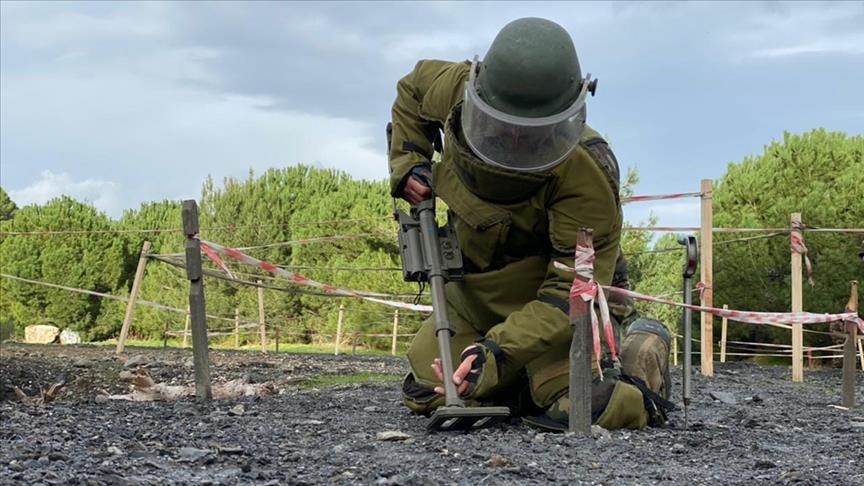Landmines and explosive remnants of war (ERW) continue to pose a severe threat to civilian populations worldwide. These hidden dangers not only cause deaths and injuries but also hinder economic development, prevent access to essential resources, and displace communities. Mine Ukraine is a comprehensive approach to addressing the dangers posed by landmines and ERW, helping affected regions recover and rebuild.
What is Mine Action?
Mine action is a broad term that encompasses various activities aimed at reducing the impact of landmines and ERW. It consists of five key pillars:
- Mine Clearance (Demining): The detection and removal of landmines and unexploded ordnance (UXO) to ensure safe land use.
- Mine Risk Education (MRE): Educating communities about the risks of mines and ERW, helping them adopt safer behaviors.
- Victim Assistance: Providing medical care, rehabilitation, and socio-economic support to survivors and affected families.
- Stockpile Destruction: Eliminating stored landmines to prevent future threats.
- Advocacy and Policy Development: Supporting laws and policies that aim to ban landmines, such as the Ottawa Treaty (Mine Ban Treaty).
The Importance of Mine Action
Landmines remain active for decades after conflicts end, making post-war environments extremely dangerous. Mine action is crucial for multiple reasons:
- Protecting Lives: Landmine explosions can result in fatalities and life-changing injuries, particularly affecting children and civilians.
- Facilitating Development: Cleared land can be used for agriculture, infrastructure, and other economic activities.
- Enabling Safe Return of Displaced Communities: Many displaced populations cannot return home until areas are cleared of mines.
- Supporting Human Rights and Stability: Mine action helps create safer communities and supports broader peacebuilding efforts.
Challenges in Mine Action
Despite its importance, mine action faces several challenges:
- Difficult Terrain and Conditions: Landmines are often found in remote, hazardous, or conflict-affected areas.
- Financial Constraints: Mine clearance is expensive, requiring advanced technology, trained personnel, and sustained funding.
- Changing Conflict Landscapes: Ongoing conflicts can lead to new contamination, making mine action a continuous effort.
International Efforts and Progress
Organizations such as the United Nations Mine Action Service (UNMAS), International Campaign to Ban Landmines (ICBL), and the Geneva International Centre for Humanitarian Demining (GICHD) work to advance mine action globally. Treaties like the Ottawa Treaty (1997) and the Convention on Cluster Munitions (2008) have been instrumental in reducing the use of these deadly weapons.
Conclusion
Mine action is a vital humanitarian effort that saves lives, promotes stability, and supports post-conflict recovery. While progress has been made, continued international cooperation, funding, and technological advancements are necessary to achieve a mine-free world.
